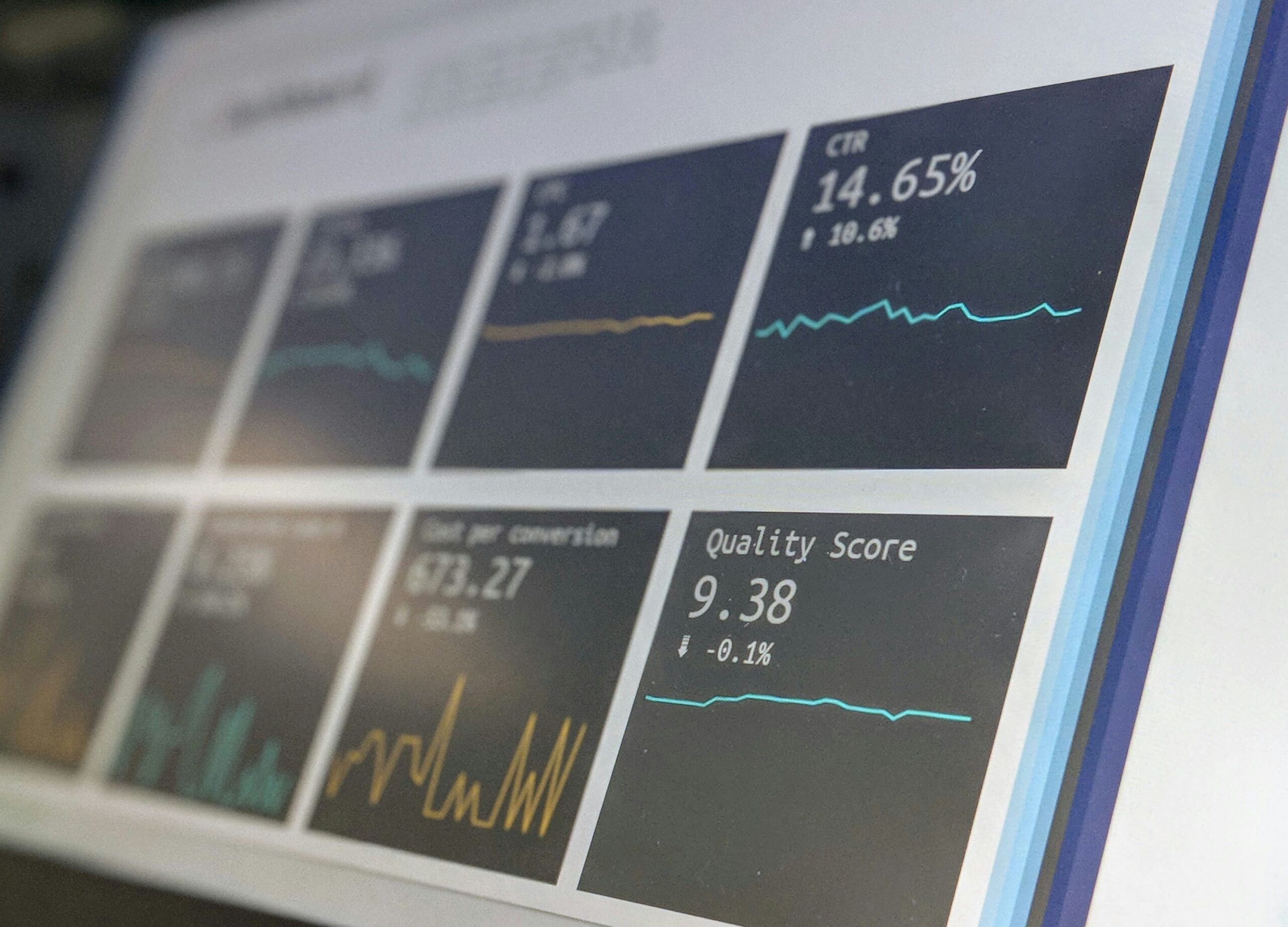Web design services can simplify the website creation process, but many businesses still rely on traditional CMS methods. This blog will explore the differences between web design services and conventional approaches, focusing on functionality, costs, and user experience. Readers will learn how choosing the right method can reduce complexity and enhance their brand’s online presence. By the end of this article, businesses will have the insights needed to make an informed decision, whether they prefer a drag-and-drop interface or the expertise of a web developer.
Key Takeaways
- Web design services prioritize user experience and functionality for better customer engagement
- Implementing responsive design ensures accessibility across all devices
- Content management systems streamline content creation and enhance collaboration among teams
- Integrating web design with CMS improves website performance and user satisfaction
- Emerging technologies like AI and augmented reality enhance interactions with customers
Understanding Web Design Services and Their Functionality

Web design services focus on creating websites that prioritize user experience, functionality, and effective workflow. Key features include user-friendly navigation, responsive design, and optimized web content, all essential for attracting and retaining customers. Understanding these elements helps clients appreciate the significant advantages modern services offer over traditional approaches, fostering a connection with their audience.
Defining Web Design Services
Web design services refer to the specialized processes involved in creating and maintaining websites that provide a seamless user experience. This includes the development of landing pages that engage visitors, as well as the implementation of responsive web design to ensure accessibility on all devices. Utilizing content management systems like Drupal and Joomla, these services promote collaboration among teams, streamlining the website creation process and enhancing overall website functionality.
- Focus on user experience and functionality
- Creation of engaging landing pages
- Implementation of responsive web design
- Utilization of CMS platforms like Drupal and Joomla
- Encouragement of collaboration among teams
Key Features of Modern Web Design Services
Modern web design services incorporate essential features that enhance usability and improve overall website functionality. These services utilize a robust database to ensure efficient data management, enabling seamless navigation and smoother online shopping experiences. By creating effective web portals, businesses can engage users more effectively, promoting customer retention and satisfaction.
Importance of User Experience in Web Design
The significance of user experience (UX) in web design cannot be overstated. A well-executed UX strategy directly enhances customer service and ensures that visitors find the documentation and assets they need quickly. By integrating effective graphic design principles, businesses can create websites that are not only visually appealing but also easy to navigate, leading to higher engagement and satisfaction.
Evaluating Traditional CMS Approaches

Content Management Systems (CMS) serve as essential tools for managing digital content. Traditional CMS solutions offer advantages such as user-friendly interfaces and established logistics for managing a web server. However, they also come with limitations that may hinder user experience, especially when it comes to serving a specific target audience. This section evaluates these aspects of traditional CMS methods.
Overview of Content Management Systems
Content Management Systems (CMS) play a vital role in how digital content is organized and presented. They serve as a central content hub, allowing businesses to streamline content creation and management processes. Integrating a strong content strategy within a CMS can enhance a marketing strategy by ensuring that the right content reaches the audience efficiently and effectively.
Advantages of Traditional CMS Solutions
Traditional CMS solutions offer several benefits that can simplify content marketing efforts for businesses. These systems, often utilizing CSS for styling, are designed with user-friendly interfaces, making it easier for users to create, edit, and manage content without extensive technical knowledge. Additionally, resources like white papers can be efficiently managed and distributed, enhancing knowledge sharing within organizations and improving collaboration through cloud computing platforms.
Limitations of Traditional CMS Methods
Traditional CMS methods can limit a user’s ability to fully engage with modern web applications like WooCommerce or any integrated mobile app. These platforms often lack the flexibility needed to adapt to diverse needs, especially when compared to more robust solutions built using frameworks like Laravel. Moreover, traditional systems sometimes struggle to support advanced features required for learning management systems, making it challenging for organizations to effectively manage educational content.
The Integration of Web Design Services With CMS

The combination of web design services with Content Management Systems (CMS) offers numerous benefits for businesses. Key considerations for integration include ensuring a user-friendly interface, enhancing enterprise content management, and utilizing marketing automation. Examples of successful CMS integrations will provide practical insights into how these systems improve overall business analysis and streamline web content delivery.
Benefits of Combining Web Design With CMS
Combining web design services with Content Management Systems (CMS) enhances overall functionality and supports digital marketing efforts. With a strong architectural approach, businesses can achieve greater scalability, making it easier to adapt to growing needs. This synergy facilitates improved search engine visibility, ensuring relevant content reaches target audiences effectively.
Key Considerations for Integration
When integrating web design services with Content Management Systems (CMS), businesses should prioritize security features such as encryption to protect sensitive user data. Custom content management solutions can enhance web content management by allowing organizations to tailor their systems to meet specific needs and improve analytics capabilities. By addressing these key considerations, businesses can drive revenue growth while ensuring a seamless user experience that meets the demands of today’s digital landscape.
Examples of Successful CMS Integrations
Successful CMS integrations often showcase exceptional user interface design, which enhances navigation and user experience. For example, businesses employing platforms like WordPress can customize their interfaces, supporting digital transformation efforts while also improving search engine optimization. Personalization features enable organizations to tailor content to visitor preferences, increasing engagement and satisfaction and ultimately leading to better customer retention and conversions.
Comparing Costs: Web Design Services vs. Traditional CMS

The cost breakdown of web design services offers insights into the investments needed for automation, mobile app development, and email marketing integration. Analyzing CMS licensing and maintenance costs reveals ongoing expenses that businesses must consider. Additionally, long-term financial considerations highlight how choosing the right web service can impact a company’s overall budget and growth potential.
Cost Breakdown of Web Design Services
The cost breakdown of web design services involves several factors that businesses need to consider for a robust web content management system. Expenses may include system integration, backup systems, and platforms like Sitecore, which can all influence the overall price. Understanding these components helps businesses budget effectively and ensure they invest in solutions that enhance their online presence while addressing their specific needs.
Analyzing CMS Licensing and Maintenance Costs
Evaluating the licensing and maintenance costs of a content management system (CMS) is vital for any organization. These expenses can impact the overall return on investment, making it essential for businesses to assess how well the system supports their content management needs. By prioritizing accessibility features in the CMS, organizations can ensure that users find and navigate content easily, which often leads to improved engagement and satisfaction.
Long-Term Financial Considerations
Long-term financial considerations play a significant role in choosing between web design services and traditional CMS approaches. Businesses in industries like accounting and manufacturing should assess not only the initial investments but also ongoing costs related to user experience design and web accessibility. For instance, investing in a responsive web design may lead to better engagement on web pages, ultimately improving the return on investment as user satisfaction increases over time.
User Experience and Performance: A Comparison

User engagement metrics in web design services highlight how effectively a site captures visitor interest, impacting lead generation. Performance factors in traditional CMS, such as infrastructure and PHP capabilities, can limit user experience. Additionally, the integration of headless content management systems improves usability, especially for social media marketing, ensuring users get relevant content quickly.
User Engagement Metrics in Web Design Services
User engagement metrics in web design services are crucial for measuring how well a website captures visitor interest. These metrics can include time spent on the site, page views, and interaction rates, helping businesses understand user behavior and preferences. By analyzing these indicators, companies can make informed adjustments to improve functionality and enhance the overall user experience.
Performance Factors in Traditional CMS
Performance factors in traditional CMS can significantly influence a website’s overall user experience. Common issues include slow loading times, limited scalability, and outdated technology, which can hinder effective engagement and frustrate users. Businesses that rely on traditional approaches often find themselves struggling to accommodate the fast-paced needs of their audience, making it essential to consider more modern solutions that enhance both performance and user satisfaction.
- Slow loading times affect user engagement.
- Limited scalability hampers growth potential.
- Outdated technology impacts overall functionality.
- Modern solutions can enhance performance and satisfaction.
How Integration Impacts User Experience
The integration of web design services with content management systems (CMS) plays a key role in enhancing user experience. This combination allows for smoother navigation and faster load times, which are crucial for retaining visitors. When businesses focus on creating a user-friendly interface through effective integration, they can significantly improve customer satisfaction and engagement:
- Smoother navigation facilitates user interactions.
- Faster load times reduce bounce rates.
- User-friendly interfaces increase customer satisfaction.
- Effective integration fosters better engagement.
Conclusion
Web design services significantly enhance user experience and functionality compared to traditional CMS approaches. By prioritizing responsiveness, accessibility, and effective content management, businesses can better engage their audiences and adapt to changing needs. Additionally, integrating modern web design with CMS fosters smoother navigation and improved performance, leading to higher customer satisfaction. Ultimately, embracing innovative web design solutions positions businesses for growth and success in a competitive digital landscape.
